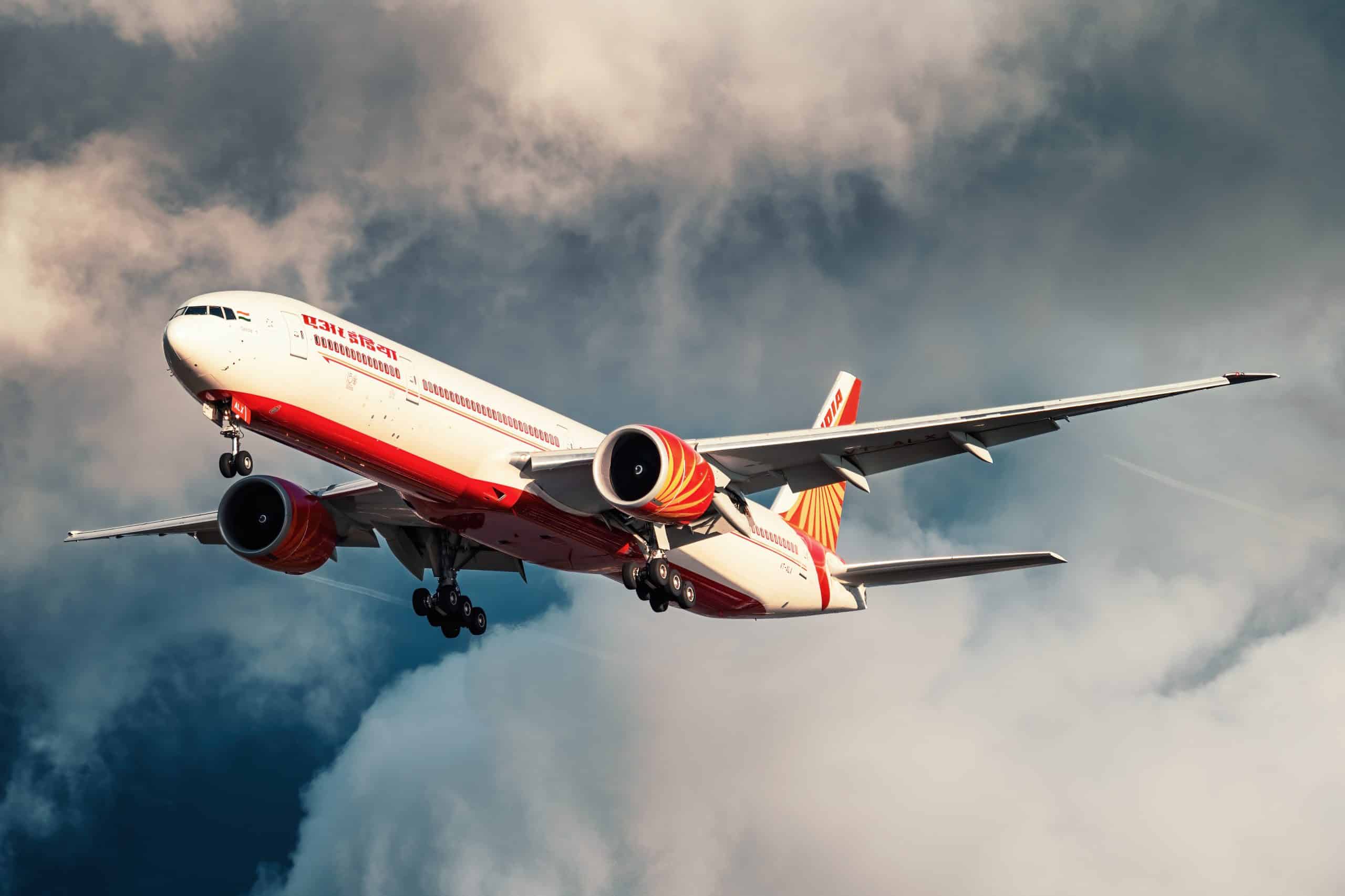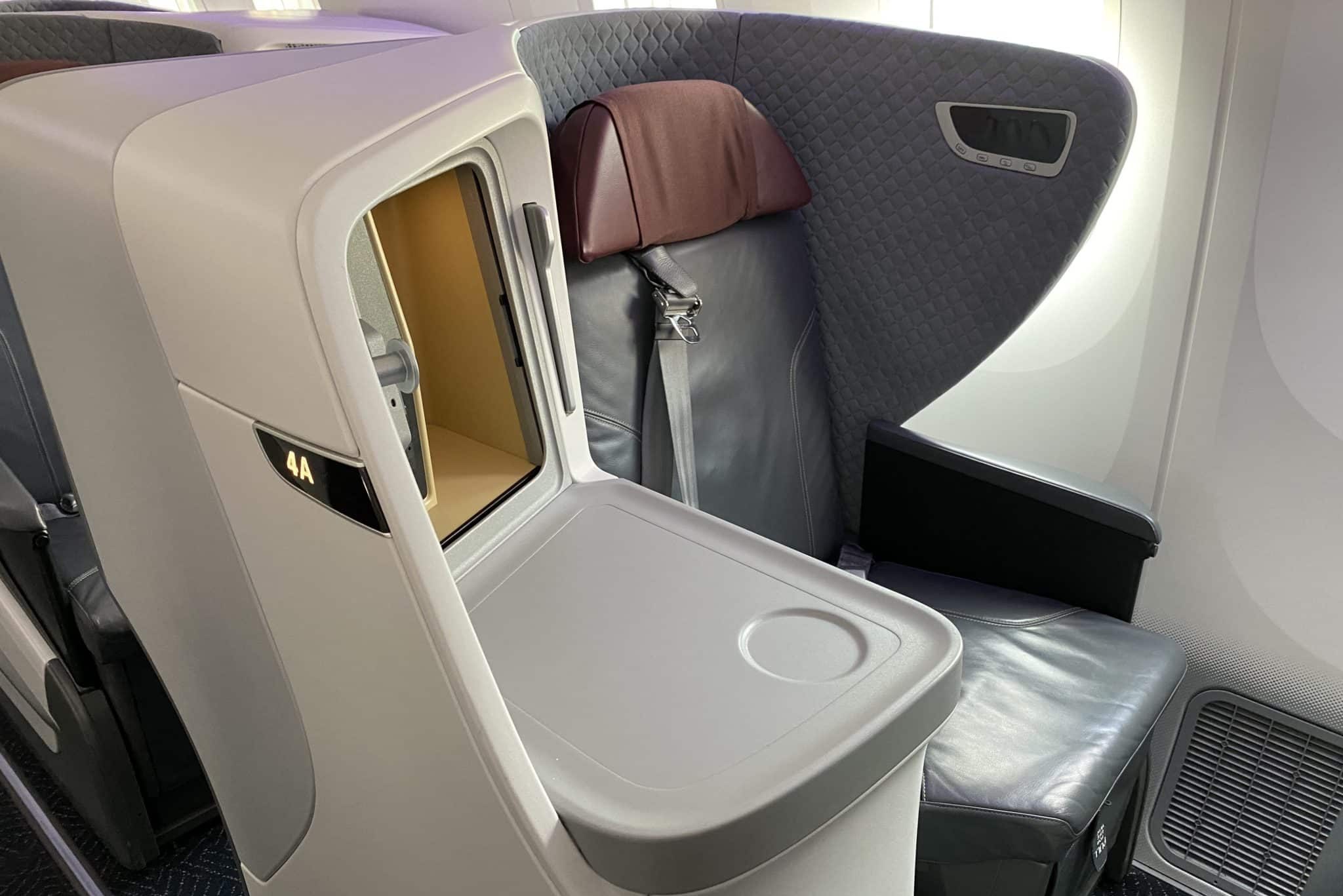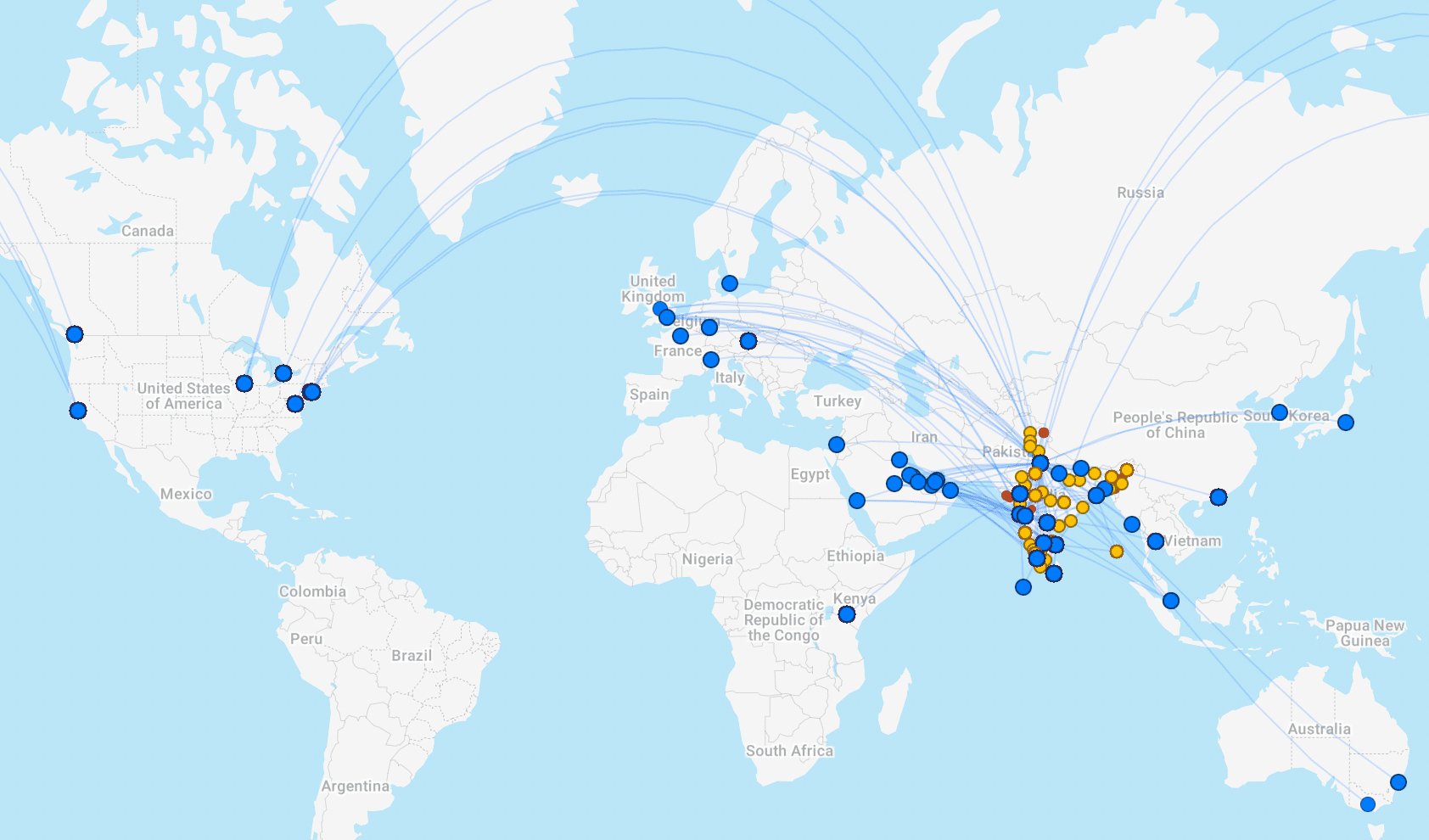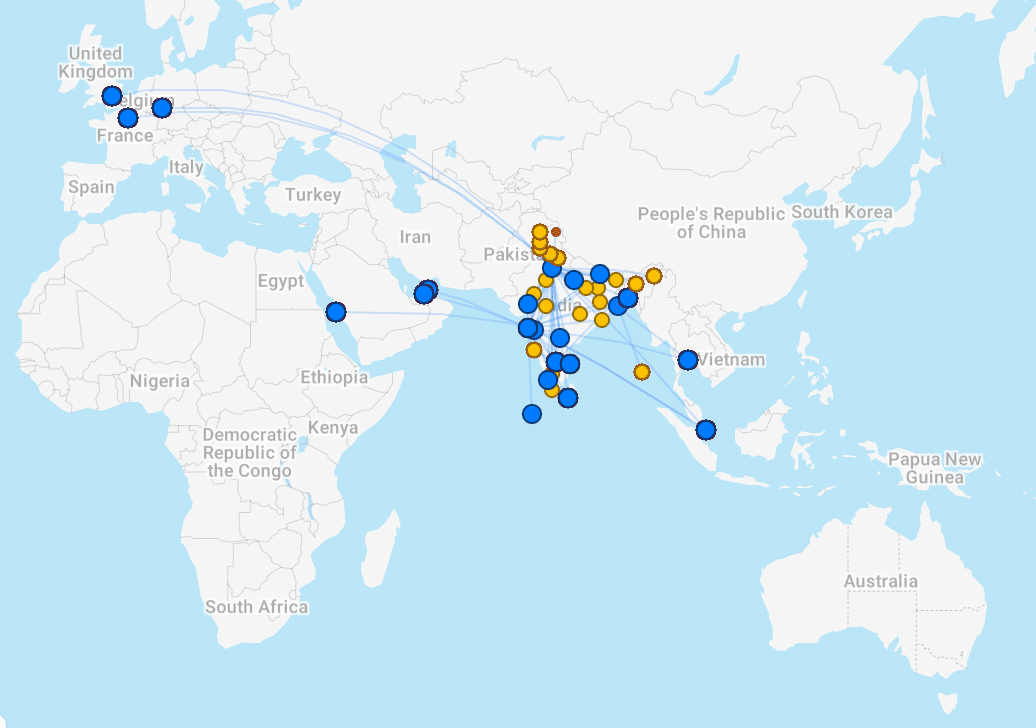After months of speculation, it has been announced that two of India’s largest full-service carriers, Air India and Vistara, will merge to form a single airline. It’s expected that the process will be complete by March 2024.
Air India and Vistara to Become One
As two of India’s largest full-service airlines, a merger between Air India and Vistara is sure to shake things up in the subcontinent’s aviation landscape. This announcement comes as the latest in a series of major developments in the recent past.
Earlier this year, Mumbai-based Tata Sons completed its purchase of Air India from the Government of India. At the time, Tata Sons announced its intentions to turn Air India into a world-class airline, which would be a change from its current lacklustre reputation amongst Star Alliance carriers.

Vistara, one of India’s newest airlines, debuted to much fanfare in 2015 as a joint venture between Tata Sons and Singapore Airlines. The airline has earned itself a strong place in the domestic and international markets as a customer- and product-focused airline, perhaps due to some influence from its Singapore Airlines ownership.
Since Tata Sons already was a significant or complete stakeholder in both airlines, it comes as no surprise that the official merger of the two has finally been announced. Vistara and Air India already compete on many domestic routes, and by combining forces, the merged airline will become an even stronger presence in India and abroad.
Singapore Airlines is going to assume a 25.1% stake in the unified airline, which is expected to continue to operate under Air India’s moniker. Upon Vistara’s launch, Singapore Airlines had a 49% share, and it’s a good sign that one of the world’s best airlines will continue to be invested in the Indian market going forward.
The merger of Air India and Vistara is sure to be mutually beneficial, as Air India stands to gain from Vistara’s much more competitive hard and soft products, while Vistara stands to benefit from Air India’s slots and air traffic rights at international destinations.
As part of this deal, the two airlines’ low-cost subsidiaries, AirAsia India and Air India Express, are also likely to merge.
What Does the Future Hold for Air India?
Once the merger takes place, the combined airline is set to be a stronger competitor to IndiGo, India’s largest airline by passengers carried and fleet size. While IndiGo commands around 57% of India’s massive domestic market, it also flies to a handful of international destinations, albeit with a single class of service.
On the other hand, both Air India and Vistara each have a roughly 10% share of the domestic market, and operate multi-cabin aircraft. Following the privatization of Air India earlier this year, the airline announced its intention to have a 30% share of the domestic market by 2027, and this merger was likely a key part of that plan.
Currently, Air India operates flights to 102 destinations worldwide, including six long-haul destinations in North America: Vancouver, Toronto, Los Angeles, Chicago, New York, and Washington DC. Its main hub is located in New Delhi, but also operates out of larger population centres in India, including Mumbai.
In contrast, Vistara has a much smaller network of just 43 destinations, with only 11 being outside of India. Similar to Air India, its main hub is in New Delhi, but also operates out of Mumbai and several other major cities.
As for fleet sizes, Air India currently boasts 113 aircraft, while Vistara has a more modest 54 planes currently at its disposal. Recently, Air India announced its intentions to triple its fleet size in the next five years, which is indeed quite a lofty goal in such a short amount of time.
In terms of onboard products, Vistara has a significantly better offering than Air India. Its flagship business class product on the Boeing 787 Dreamliner is the same Stelia Opal product found on Singapore Airlines and Turkish Airlines, and comes in a 1-2-1 configuration.

Furthermore, Vistara has a three-cabin configuration, offering premium economy on long haul Dreamliner routes.
Air India’s flagship business class product is also found on the Boeing 787 Dreamliner, but leaves much more to be desired with a 2-2-2 configuration and an all-round dated seat.

Air India features a First Class cabin on some of its Boeing 777 aircraft, although it isn’t necessarily the flashiest product you’ll find in the skies. In the near future, the airline also plans to offer a premium economy cabin, although it has yet to roll out.
It remains to be seen how the merger will affect the onboard products for both airlines. In an ideal world, Vistara’s superior cabin design and configuration will be introduced to Air India’s fleet, which would bring the airline more in line with many of its competitors.
With the world-class Singapore Airlines as a stakeholder, we can only hope that it will continue to influence the merged airline, as that can only result in good things going forward. Surely, there’s a long way to go to make Air India a top-tier airline, but it appears that Tata Sons has the ambition to follow through with its stated goals.
Conclusion
Air India and Vistara will merge to become a single entity, as part of a deal between Tata Sons and Singapore Airlines. The consolidation of the airlines is set to be completed by March 2024.
Once merged, Air India will become the second-largest domestic carrier in India, and will continue as the largest international carrier. While not yet confirmed, it’s expected that the merged airlines will continue to operate as Air India.
Singapore Airlines will take a 25.1% share of the consolidated airline, and is prepared to inject additional cash as necessary. It remains to be seen what other changes will take place, including to routes and onboard products – but with Singapore Airlines and Tata Sons backing the merger, we can be hopeful that Air India will develop a stronger reputation amongst Star Alliance carriers.

















Air India used to be a world class airline when it used to be under Tata Sons back in the day. In fact, it was the inspiration for Singapore Airlines when they started operations. Also, AirAsia India is not an arm of any of the carriers. It is a separate airline under the Tata Group.